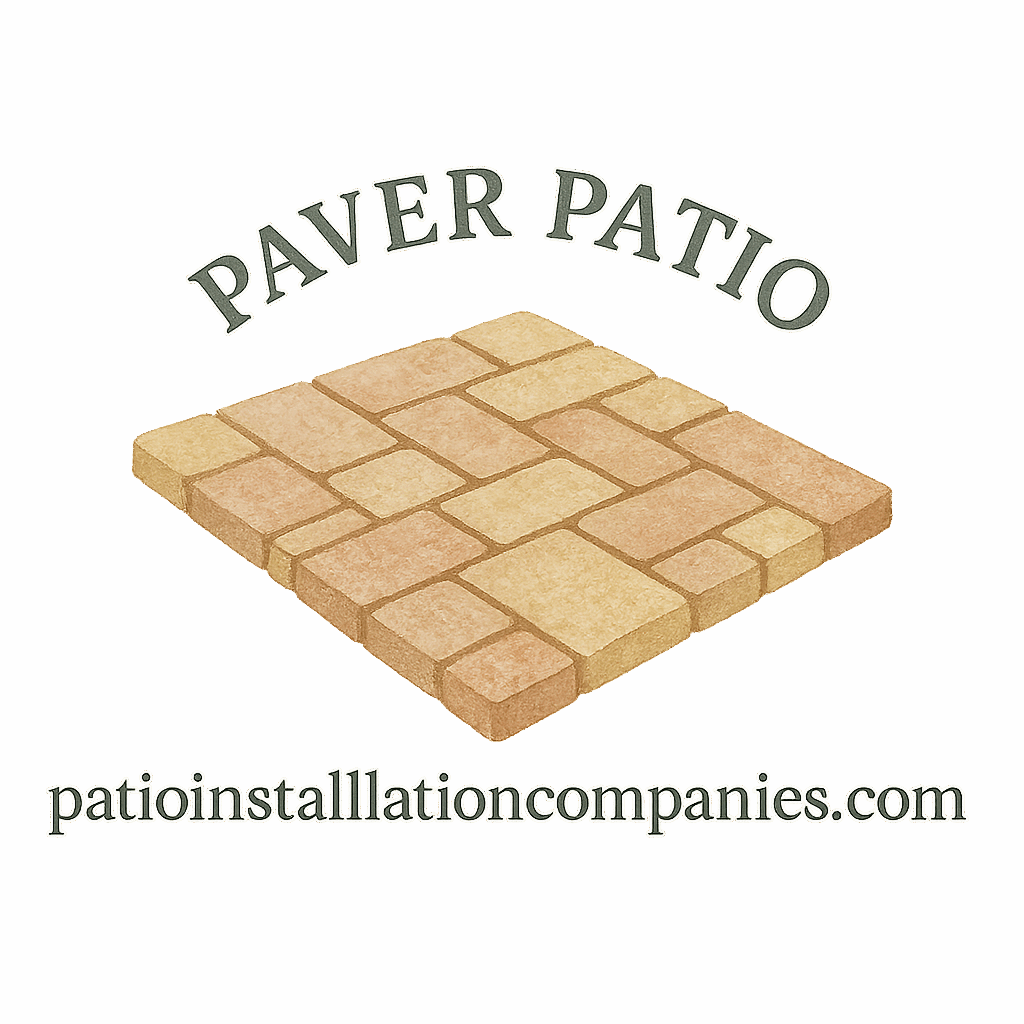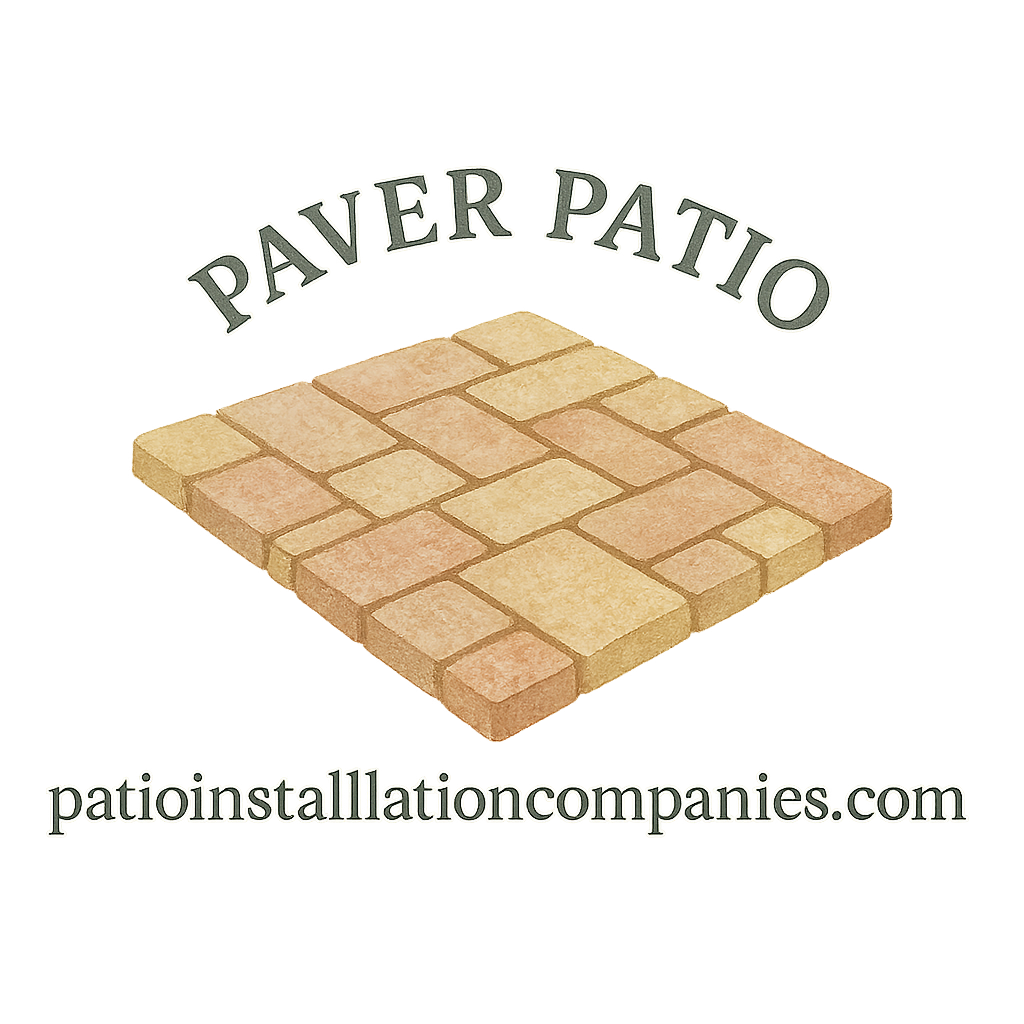Thinking about sprucing up your backyard with a beautiful paver patio? Great choice! But before you grab a shovel or call a contractor, there’s something you should know — the cost of a paver patio can vary wildly. Why? Because several key factors come into play.
In this guide, we’ll walk you through the 5 main things that affect the cost of a paver patio so you can plan like a pro and avoid those sneaky surprises down the road.
Understanding the Basics of Paver Patios
What Makes Paver Patios So Popular?
Paver patios have taken the outdoor design world by storm — and for good reason! They’re durable, stylish, and endlessly customizable. Whether you’re into sleek modern looks or rustic charm, there’s a paver style for you.
Benefits That Justify the Cost
- Long-lasting and low maintenance
- Boosts property value
- Quick installation process
- Enhances outdoor living
Now that you’re sold on the idea, let’s dive into what actually impacts the cost of building a paver patio.
1. Material Choice: The Foundation of Cost
Your paver material isn’t just a stylistic choice — it’s one of the biggest factors affecting cost.
Natural Stone vs. Concrete vs. Brick
Let’s break it down:
Natural Stone
Absolutely stunning and timeless, but also the most expensive. Stones like bluestone or travertine can cost a small fortune.
Concrete Pavers
Affordable, versatile, and easy to install. A great option if you’re balancing style and budget.
Brick Pavers
Classic and charming, with mid-range pricing. However, they require a bit more TLC over time.
💡 Want more help picking the right material? Check out our full guide on material choice.
How Material Affects Aesthetics and Budget
Different materials create different moods. Want a sleek, modern vibe? Go for concrete pavers. Prefer that old-world charm? Brick’s your buddy. Just remember — the fancier the material, the fatter the bill.
2. Patio Size and Layout: Bigger Isn’t Always Better
Measuring the Area: Square Footage Impacts Price
This one’s simple math. More space = more materials + more labor = higher cost.
For example, a 10×10 patio will cost far less than a 20×20, even if you’re using the same pavers.
Complex Layouts and Patterns Drive Up Labor
Want to get creative with your patio design? Just know that complex patterns or custom layouts will hike up labor costs.
Curves, Circles, and Unique Edging
These aren’t as easy as a simple grid and take more time (and skill) to install.
Multi-Level and Tiered Patios
Gorgeous? Absolutely. Cheap? Not so much.
🎨 Need inspiration? Browse our creative outdoor design ideas for patio layouts.
3. Labor Costs and Installation Methods
Professional Installation vs. DIY
Labor makes up a big chunk of the cost. You can save by doing it yourself, but is it worth it?
Pros and Cons of Hiring a Contractor
Hiring a pro ensures quality and speed, but costs more. Still, they’ll handle excavation, drainage, and leveling like a boss.
Want to know what hiring a contractor might cost in your area? Visit our updated contractor pricing guide.
Can You Really Save Money with DIY?
Sure, you’ll save on labor, but DIY mistakes can cost more in the long run.
Check out our complete DIY installation guide for tips and pitfalls to avoid.
The Role of Excavation and Base Preparation
The ground has to be excavated, leveled, and layered with gravel and sand. If your soil is rocky or has tree roots? That’ll add to your bill.

4. Site Preparation and Ground Conditions
Dealing With Uneven Ground or Slopes
A sloped or uneven yard needs more prep. That means extra materials and more time to get a level base.
Soil Quality and Drainage Considerations
Poor soil can sink or shift over time, so extra layers and stabilization may be needed. Drainage systems are often added to avoid water pooling — and yep, that’s extra cost.
🌧️ Read more about long-term maintenance and drainage solutions that can save you money over time.
Permits, Codes, and Local Regulations
Some cities require permits for larger patios. Always check local building codes before you begin.
5. Extra Features and Customizations
Here’s where things get fun — and pricey.
Built-In Seating, Fire Pits, and Lighting
Adding built-in benches or a cozy fire pit turns a patio into a paradise. But each extra feature adds to your final bill.
Explore awesome additions on our backyard enhancements page.
Drainage Systems and Edging
Necessary but often overlooked. Skipping them can lead to patio damage, which costs more down the line.
Decorative Patterns and Inlays
Want a herringbone pattern or a family crest in stone? You’ll pay for the artistry.
🪄 Explore paver patterns and decide what’s worth it for your dream patio.
How to Budget Smart for Your Patio Project
Set Priorities Based on Functionality
Focus first on what you need: a sturdy foundation and durable materials. Then, if you’ve got room in the budget, go wild with upgrades.
Work With a Professional to Avoid Surprises
A reliable contractor will give you a clear estimate and help you avoid hidden costs. Use our patio planning and design tools to get started.
Final Thoughts on Patio Costs
A beautiful paver patio is an investment — in your home, your lifestyle, and your future backyard barbecues. But it doesn’t have to break the bank.
Now that you know the 5 things that affect the cost of a paver patio, you can plan smarter, save money, and still end up with an outdoor space you absolutely love.
FAQs
1. What’s the average cost of a paver patio per square foot?
On average, expect to pay between $15 to $30 per square foot, depending on material, labor, and design complexity.
2. Are paver patios cheaper than concrete?
Not always. Concrete is cheaper upfront, but pavers often last longer and need fewer repairs. Read our detailed patio comparison.
3. How can I save money on a paver patio?
Opt for simpler designs, do part of the labor yourself, and shop around for affordable materials. Here are some DIY savings tips.
4. Do I need a permit to install a paver patio?
In many areas, yes — especially for larger patios or those near property lines. Always check your local rules.
5. What’s the most durable paver material?
Concrete pavers are a solid choice for durability, especially with proper outdoor care and paver maintenance.
6. Can I install a paver patio on a slope?
Yes, but it requires more prep and professional help. Grading and retaining walls might be needed.
7. Where can I find design ideas for my patio?
Check out our patio ideas gallery and get inspired!


